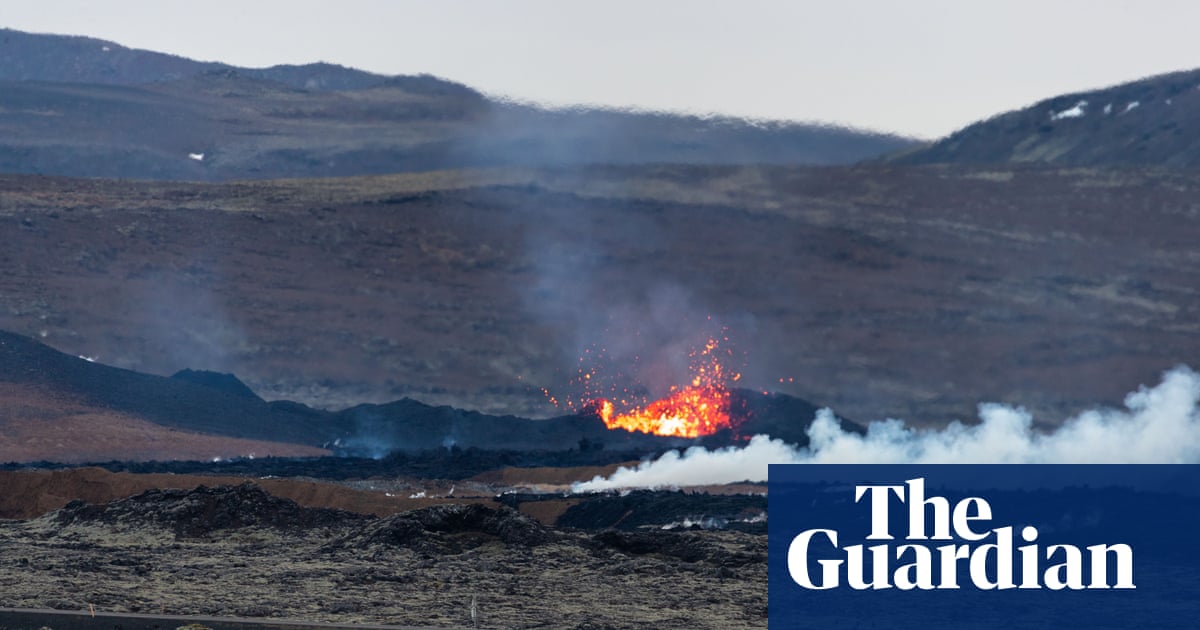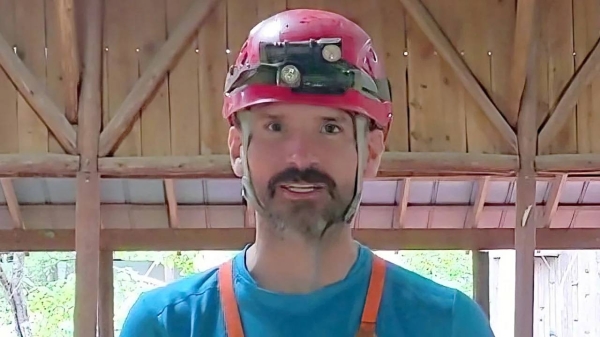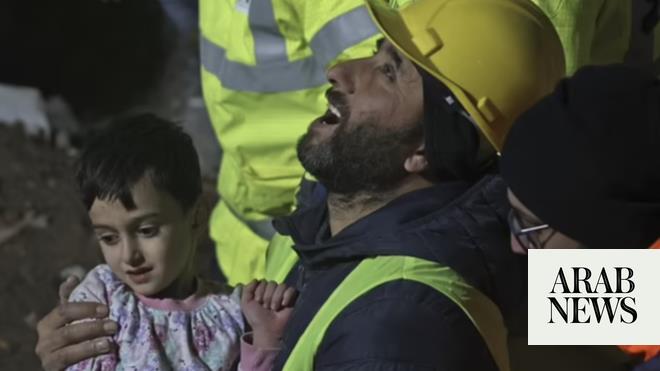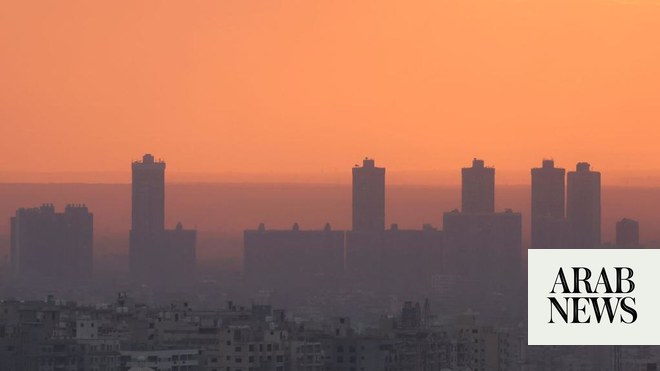
A daring operation is being launched to rescue more than 200 sheep left to their fate by farmers after a volcanic eruption near the evacuated Icelandic town of Grindavik.
With molten lava setting homes ablaze and the ground surface cracking, rescue teams are seeking to bring out an estimated 270 animals from their fields and indoor pens.
The animals, who have not been fed or watered for days, had not initially been designated a priority. Animal welfare campaigners raised the alarm after seeing footage of expensive machinery being taken from the danger area rather than the sheep.
One farmer had persuaded rescuers to help him evacuate 30 sheep at the edge of the town on Monday evening but a further estimated 270 are stranded in more dangerous locations.
Grindavik, a fishing town in the south-west of the island, was first evacuated before Christmas after the nearby Fagradalsfjall volcano erupted on 18 December.
In the following weeks, some farmers appear to have returned with their livestock.
A subsequent major eruption on Sunday forced a further evacuation but the sheep had to be abandoned in the rush to escape.
Anna Berg Samúelsdóttir, a board member of the Animal Welfare Association of Iceland (Dýraverndarsamband Íslands), said the authorities did not seem initially to be aware that livestock were still in the danger area.
She said: “We noticed that very expensive things were prioritised higher than animal life, such as such as big machines. They were working on Sunday. The animals were standing inside locked pens.
“They have no water in the pens. There were some animals rescued yesterday evening [by] the owner of 30 sheep. But he had to a fight with the authorities to do it.
“Some of the remaining animals are in the fields. That will be even more problematic because this area is so dangerous. And then some of the animals … are locked inside. And the problem is there is the sheep are in middle of the town where the danger is.”
Anna Berg said they had been informed on Sunday of 247 sheep in danger but that the numbers were later updated to closer to 300.
“So that’s a little bit blurry”, she said. “It’s really dangerous because cracks have opened and the land moved about 1.4 metres last Sunday.
“The cracks are getting bigger, deeper. And there are lots of cracks and you cannot see on the surface. It might look like everything is OK, but then there’s a big hole underneath the asphalt or the earth. And that happened yesterday. There was a rescue of a man that stepped through the asphalt.”
Iceland’s president, Guðni Th Jóhannesson, said in a televised address late on Sunday that the country was battling “tremendous forces of nature”. Iceland sits above a volcanic hotspot in the north Atlantic and averages one eruption every four to five years.
Sunday’s eruption was the fifth in fewer than three years on the Reykjanes peninsula, where there had not been an eruption for centuries. The volcanologist Patrick Allard from France’s Institut de Physique du Globe de Paris said the reopening of a long-dormant faultline meant lava could be thrown up in the area with little warning for years to come.
“After eight centuries of a relative break and a complete cessation of surface activity, we have entered a new episode of plate separation which could last several years - possibly decades,” he told AFP.
The latest eruptions have caused no confirmed deaths but one person is missing after reportedly falling into a fissure. The Icelandic meteorological office said in a statement that the area was high-risk and new fissures could open without warning.












